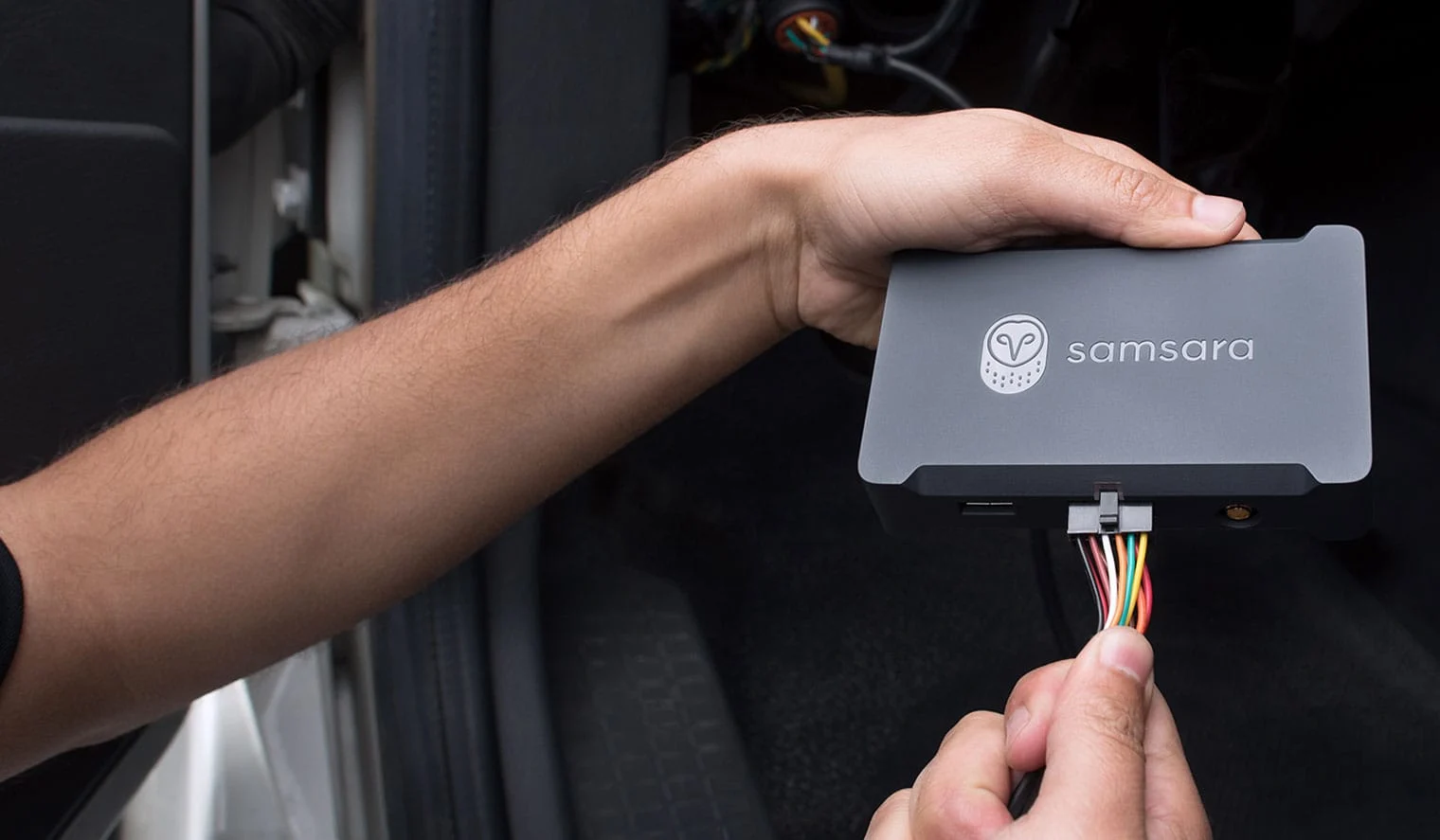Safety, Efficiency
The road ahead: Strategies to recruit, retain, and empower drivers in Canada’s trucking industry
January 6, 2025
Sr. Content Marketing Manager - Canada

Get the latest from Samsara
Subscribe nowCanada’s trucking industry is facing a pivotal challenge: a chronic driver shortage that threatens the safety and efficiency of the country’s supply chain. With over 90% of consumer goods and perishables transported by truck, the industry’s ability to meet demand relies on a steady pipeline of skilled drivers. Yet, finding and retaining talent has become increasingly difficult.
A new report, Addressing the Driver Hiring Shortage: A Trucking Industry Blueprint by the Traffic Injury Research Foundation (TIRF) in collaboration with the Canadian Trucking Alliance (CTA), shines a spotlight on this urgent issue. The findings are clear: in 2022, the truck transportation sector faced a job vacancy rate of 8.5%—well above the national average of 5.4%. More than half of employers reported difficulties filling positions, emphasizing the need for coordinated, future-focused solutions.
“The future of the trucking industry and its continued ability to safely deliver goods across the country is highly dependent on the availability of a skilled and well-trained pool of qualified drivers,” said Robyn Robertson, TIRF President & CEO.
With a focus on strengthening entry-level training, supporting smaller carriers, and leveraging technology to enhance safety and appeal for a new generation of drivers, the report highlights how addressing the driver shortage is essential—not only to keep the Canadian supply chain moving, but to ensure that every person is safe on the road.
Create a tech-forward culture of safety and recognition
With each generation becoming increasingly tech-savvy, the workforces of today—and tomorrow—are looking for positions that digitize and automate repetitive tasks, allowing them to focus on more impactful, mission-critical work.
Simplify compliance
Filling out forms should be the least of a driver’s worries. With ELD-compliant workflows that simplify HOS logging and digitize DVIRs, Samsara’s Driver App allows for seamless, paperless communication between frontline workers and the back-office. This enables drivers to be focused more on the road, and less on burdensome administrative tasks that can get lost in the shuffle.
Customize coaching
With AI Dash Cams offering real-time, risk-reducing visibility on the road, managers can easily coach new (and experienced) drivers in increasingly tailored ways to address each driver’s unsafe behaviours. Paired with footage from safety events and incidents, coaching modules can be assigned directly on each driver’s Driver App via Connected Training™, allowing managers to constructively outline areas of improvement while making each driver feel heard and encouraged.
In addition, features like in-cab alerts and In-Cab Nudges™ allow drivers to self-correct while on the road, ensuring that drivers feel autonomous yet supported while on the job.
Incentivize and celebrate safety
Who said that safety can’t be fun? With real-time feedback and gamified elements like Safety Scores, leaderboards that highlight top safety scores can engage drivers via fun and friendly peer-to-peer competition within any organization. Added incentive programs (which can include yearly bonuses, gift cards, and more) can also be implemented to reward drivers for maintaining high safety standards, all while encouraging others to do the same.
Operational efficiency for drivers—and carriers
When it comes to recruiting, retaining, and training new drivers, the margins are much slimmer for small and medium-sized carriers. As the report states, since carriers are required to fill any gaps in driver training, “the smallest carriers ultimately end up absorbing the greatest risk.” Technology helps to fill these gaps, without damaging carriers’ bottom lines.
Optimize routes in real time
With real-time GPS at each dispatcher and back-office manager’s disposal (as seen on the Samsara Platform), drivers’ routes can be optimized to minimize unnecessary time on the road thanks to real-time view of traffic and weather conditions. This creates greater communication between drivers and dispatchers, all while reducing driver frustrations.
Prioritize preventative maintenance
When drivers step into the cab, the last thing they want to see is a hazard light at the start of their shift. With preventative maintenance alerts and scheduling, carriers can ensure that vehicles are in top condition, reducing breakdowns and stressful delays for both drivers and the back office. With fuel consumption data pointing to unnecessary idling, carriers can optimize fuel consumption to reduce costs as well as downtime.
By leveraging human-focused tech solutions to engage, recruit, and retain drivers, all while promoting inclusivity amongst a diverse pool of candidates, organizations can overcome the driver shortage by creating a culture of safety and efficiency that generates significant ROI.
Explore how Samsara’s platform can help you create a safer, more efficient, and driver-friendly fleet.
Learn moreGet the latest from Samsara
Subscribe now















